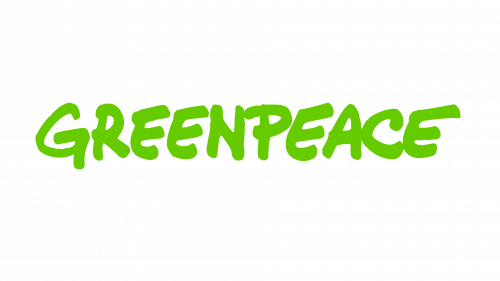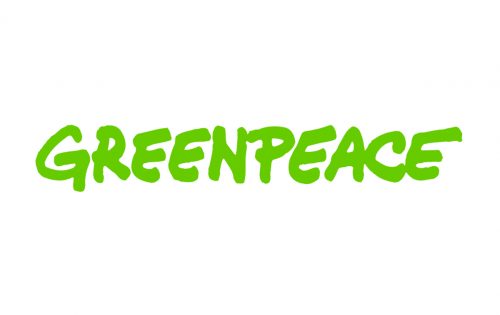Greenpeace was founded by a bunch of young people in 1971. Since then, Greenpeace activists have stood up against nuclear tests and did a lot of work to improve the global ecology.
Meaning and history
Greenpeace, an iconic environmental organization, was founded in 1971 by a group of activists in Vancouver, Canada. This founding group included Irving Stowe, Dorothy Stowe, Ben Metcalfe, Marie Bohlen, and others, who were motivated by a vision of a green and peaceful world. They began as a small group trying to stop a US nuclear test in Amchitka, Alaska, and rapidly grew into one of the most influential environmental organizations worldwide.
Throughout its history, Greenpeace has been known for its direct action, advocacy, and groundbreaking environmental campaigns. Among its main achievements are its significant role in the cessation of commercial whaling, its contribution to the creation of the Antarctic-Environmental Protocol which declared Antarctica a natural reserve dedicated to peace and science, and its relentless efforts in forest conservation and reduction of toxic waste. Greenpeace has been instrumental in raising public awareness about climate change, deforestation, overfishing, and other critical environmental issues.
Currently, Greenpeace continues to be a prominent force in global environmental activism. With its presence in over 55 countries, it operates through the collaborative efforts of Greenpeace International and numerous national and regional offices. The organization remains committed to its core values of non-violence and independence, relying solely on the support of individual donors and refusing funds from governments and corporations. As environmental challenges evolve, Greenpeace adapts its strategies and campaigns, constantly advocating for a sustainable and equitable planet.
What is Greenpeace?
Greenpeace is a non-governmental environmental organization with a global presence. It is renowned for its proactive and often dramatic campaigns against environmental degradation. Its mission revolves around promoting peace and sustainability, striving to protect and conserve the environment while challenging systems and practices that harm nature.
1969 – 1985

The initial Greenpeace logo did not differ much from the one we can see today. Though the green shade was more intense, closer to dress grass color, and the lines of the handwritten inscription were a bit thinner than now. Another thing about the first logo was the size of the letters — the symbols of the wordmark were slightly bigger than in the current logotype, and there was more air between the bars.
1985 – Today
In 1985, they’ve repainted the logo a paler shade of green, and that’s all.
Symbol
The Greenpeace logo is a wordmark written in a signature handwritten font. The name is written in white letters on a vivid green background to symbolize vigor and devotion. The combination of green and white creates a vivacious mix, which stands for infinite love of life, spiritual prosperity, kindness, and health.
Today, Greenpeace is a top non-governmental organization operating in more than 40 countries.
Font and color
The uppercase Greenpeace inscription is executed in a modern handwritten font, resembling marker-style writing. The thick and slightly slanted lettering is written in a custom typeface, which is pretty close to such fonts as LeDrole Lettering Pro Black and Permanent Marker Pro, but with some shapes and lined modified and elongated.
As for the color palette, the Greenpeace visual identity is drawn in the green and white mix. The green on the current logo is light and bright, juicy and intense, reflecting growth, energy, and life. This shade of green is also associated with nature and progress. Overall it is a very fresh and vivid palette, which makes even simple lines look stylish and bold.











